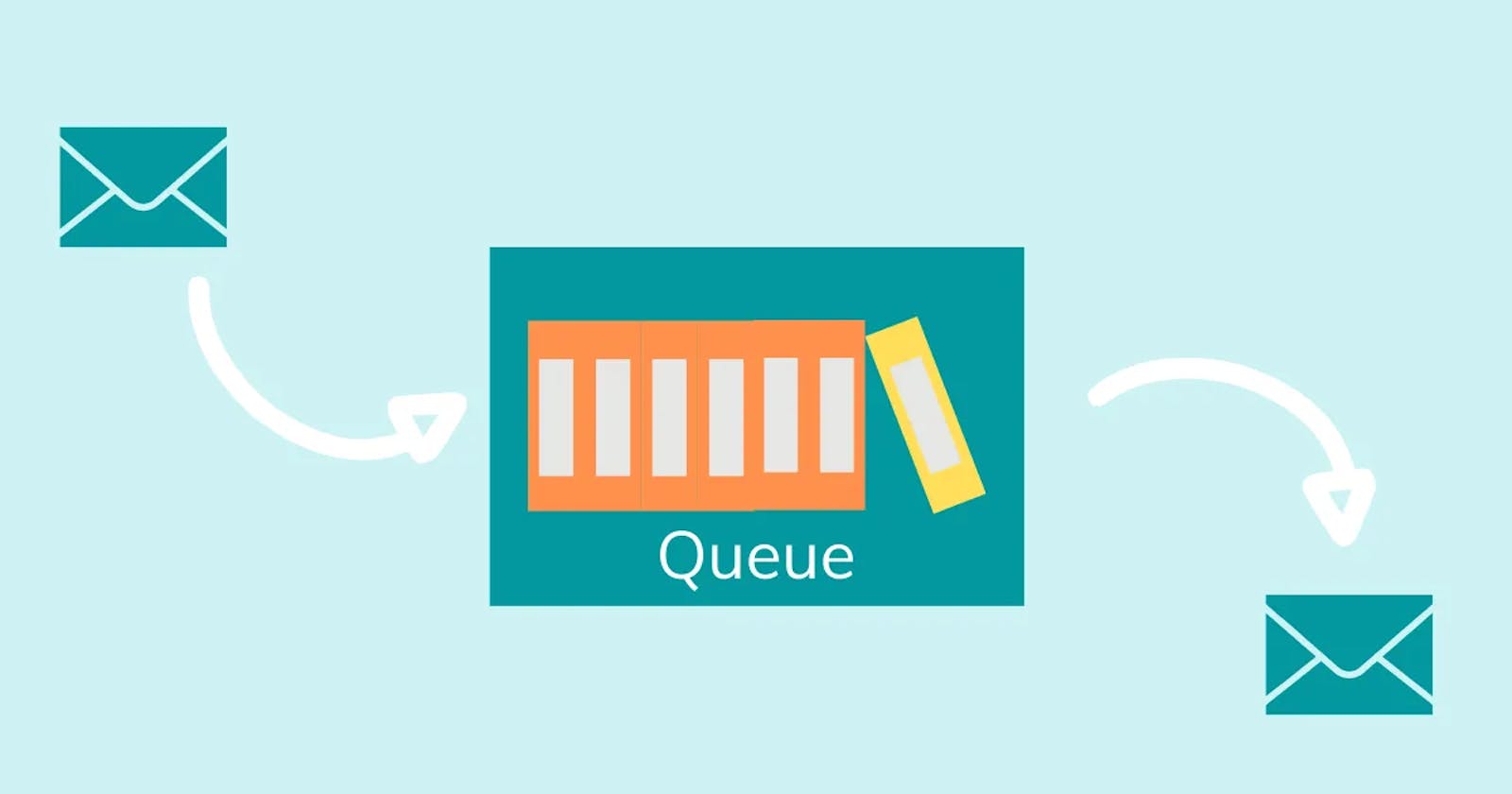Understanding Message Queues: Enhancing Scalability and Asynchronous Communication
Understanding Message Queues: Enhancing Scalability and Asynchronous Communication
In the realm of distributed systems and microservices architectures, message queues play a crucial role in facilitating scalable, reliable, and asynchronous communication between components. Message queues enable decoupling of services, efficient workload distribution, and fault tolerance, making them essential tools for building modern, resilient applications. Let's delve into what message queues are, how they work, and their importance in distributed systems.
What is a Message Queue?
A message queue is a communication mechanism used to facilitate asynchronous communication between different parts of a distributed system. It operates on the producer-consumer principle, where one component (producer) generates messages and adds them to the queue, and another component (consumer) retrieves and processes these messages at its own pace.
How Does a Message Queue Work?
Message queues typically consist of three main components:
Producer: The producer component generates messages and sends them to the message queue for processing. Messages can contain various types of data, such as commands, events, or notifications.
Message Queue: The message queue serves as a buffer or intermediary between producers and consumers. It stores messages in a first-in-first-out (FIFO) manner and ensures reliable delivery to consumers.
Consumer: The consumer component retrieves messages from the message queue and processes them according to predefined logic. Consumers can be single-threaded or multi-threaded, and they may process messages sequentially or in parallel, depending on the requirements of the system.
Key Features of Message Queues
Message queues offer several key features that make them essential for building scalable and resilient distributed systems:
Asynchronous Communication: Message queues enable asynchronous communication between components, allowing producers and consumers to operate independently of each other.
Decoupling: Message queues decouple producers from consumers, allowing them to evolve independently without direct dependencies on each other. This promotes loose coupling and flexibility in system design.
Scalability: Message queues support horizontal scalability by distributing workload across multiple instances or nodes. This enables systems to handle increased load or traffic without affecting overall performance.
Reliability and Fault Tolerance: Message queues ensure reliable message delivery by providing mechanisms for message persistence, acknowledgment, and retry. They also facilitate fault tolerance by allowing messages to be processed asynchronously, even in the event of failures or outages.
Common Use Cases of Message Queues
Message queues find application in various scenarios and use cases, including:
Task Queues: Managing background processing tasks, such as image processing, file conversion, or data analysis, in a distributed system.
Event Sourcing and CQRS: Implementing event-driven architectures, event sourcing, and command-query responsibility segregation (CQRS) patterns in microservices-based applications.
Workflow Orchestration: Coordinating complex workflows and business processes across multiple services or components in a distributed system.
Integration and Data Pipelines: Building integration and data pipelines for processing, transforming, and routing data between different systems and applications.
Conclusion
Message queues are fundamental building blocks for building scalable, reliable, and resilient distributed systems. By enabling asynchronous communication, decoupling of components, and facilitating fault tolerance, message queues play a crucial role in modern microservices architectures, event-driven systems, and distributed applications. Understanding the principles, features, and common use cases of message queues is essential for architects and developers looking to design and implement robust and scalable systems that can meet the demands of modern, cloud-native applications.
